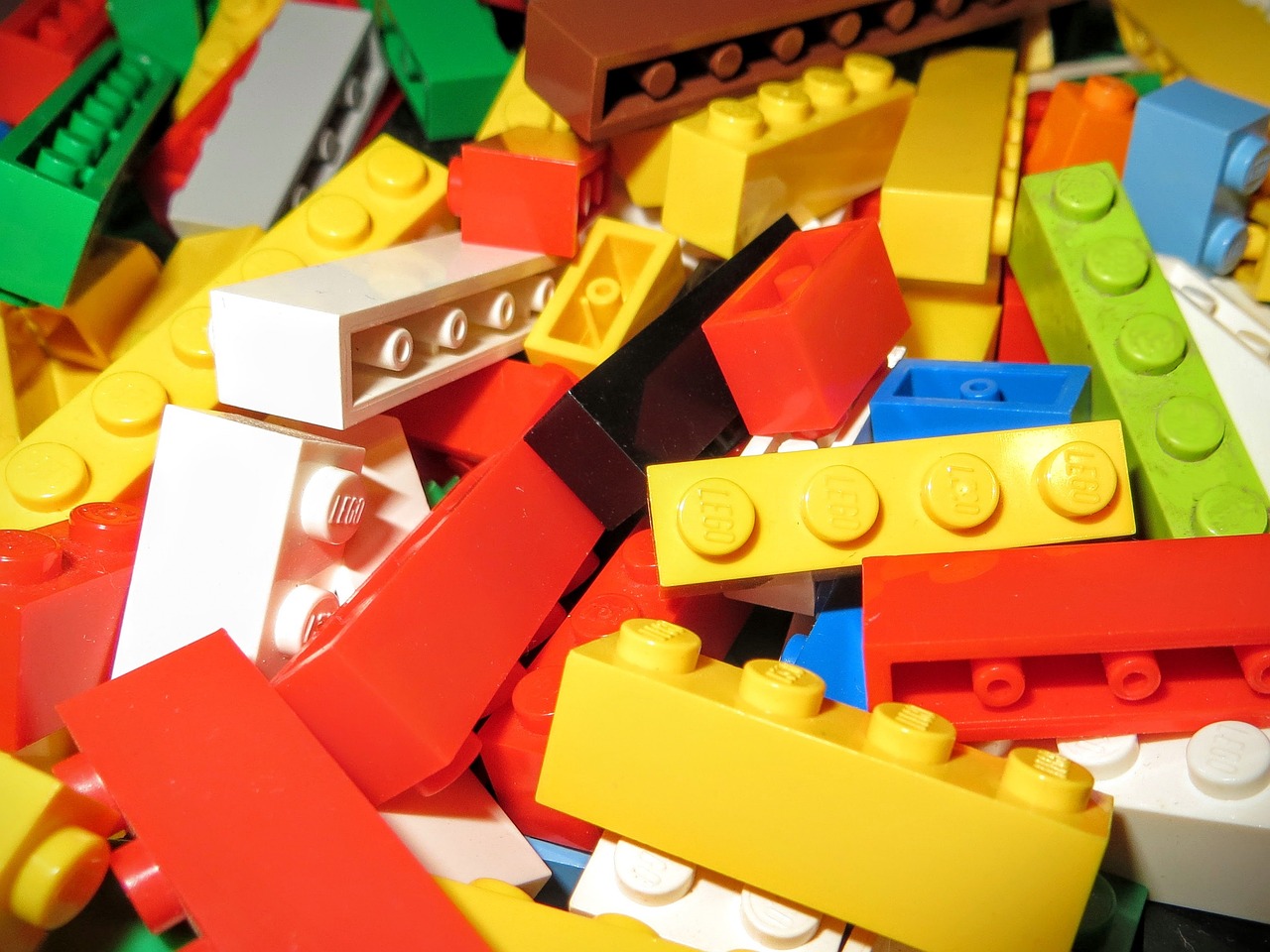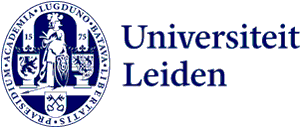
How cool is LEGO®? Leiden physicists use it for ice cold research
Tjerk Oosterkamp's group is conducting what is perhaps the coldest research in the world. The researchers have cooled a sensor to below 2 millikelvin - almost as cold as absolute zero. This allows them to make extremely sensitive measurements. PhD candidate Jaimy Plugge helped build the setup: ‘We are currently the only group in the world that can do this.’

‘Our lab in Leiden holds the world record of coldest and most vibration-free place on Earth,’ Plugge says. ‘We do a kind of MRI scans in our lab, but at the nanometer scale. We measure incredibly small forces with the sensor, and to do that there must be no vibrations to disturb the measurements.’ Those vibrations can come from, for example, the trembling of the building and from people walking around, but also from the temperature. Plugge: ‘Electrons in a material move around more at higher temperatures, this also causes vibrations. So if you want to measure even more sensitively, your instrument has to be very cold.’
But how do you actually get the sensor that cold? The cooling is done in the cryostat (the fridge) which needs to be connected to the force sensor to dissipate heat. That connection is made with a flat, silver wire that goes from the fridge along the setup to the sensor at the bottom of the instrument. But there is a risk of that wire conducting additional vibrations to the sensor. The solution? LEGO! Plugge explains: ‘If you stack LEGO cubes on top of each other they have very few contact points and conduct almost no heat, so it's ideal.’

Toy or research material?
The thermal conductivity of LEGO has been studied by a research group at Lancaster University in the United Kingdom. It's not just the plastic material that makes the cubes conduct heat poorly, but also the shape. If you stack several cubes, they have little contact and conduct even less heat. And because it is also readily available, it is a good option for the experiment in Leiden. Plugge: ‘Of course, you can think of more materials that are bad heat conductors, but this is fun! We also used different colours on purpose.’
Also useful for biomedical research
The fact that they can now make even more sensitive measurements is not only useful for physics, Plugge explains: ‘You can also use this technique, for example, to image proteins or DNA in 3D to see how they are folded.’ The next step for Plugge and his colleagues is to cool not only the sensor, but also the sample. ‘But we'll have to wait a while with that, due to a mistake the refrigerator can't cool down that far now,’ Plugge laughs.
The published article can be found in the Journal of Low Temperature Physics. DOI number: 10.1007/s10909-022-02933-3
The coldest place on Earth. That's what this lab was called when physicist Heike Kamerlingh Onnes first made liquid helium there in 1908. Read more about the history of ultracold research in Leiden.
